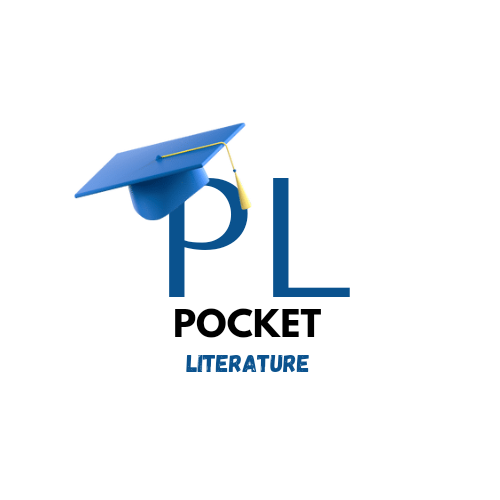ACTIVE LEARNING METHODOLOGY
Active learning methodology is also a form of activity based learning.
It makes all learners to participate in learning. In this method the students involve in reading, writing, speaking, drawing, sharing, expressing the skills and questioning individually and in groups.
Active learning involves students in doing things and thinking about what they are doing.
According to Bonwell and Eison students must do more than just listen.
They must read, write, discuss and solve problems. They must engage in higher-order thinking tasks.
The tasks are analysis, synthesis and evaluation. Students like strategies promoting active learning than traditional lecture method.
In active learning, the students are doing something including discovering, processing and applying information.
Many teaching strategies can be employed to actively engage students in the learning process.
The activities in ALM improve skills in critical thinking, increase motivation and retention and interpersonal skills.
Active learning involves students directly and actively in the learning process. Instead of simply receiving information verbally and visually, the students are receiving and participating and doing.
Active learning methodologies require that the student must find opportunities to meaningfully talk, listen, write and read.
MERITS:
(1) Students are involved in learning. (2) More emphasis on developing students’ skills. (3) Students are involved in higher-order thinking (analysis, synthesis & Evaluation)
(4) They are engaged in reading, discussing and writing activities.
Active learning shifts the focus from the teacher to the student. Active learning derives from two basic assumptions:
(1) that learning is by nature an active endeavour and
(2) that different people learn in different ways.
LEARNING - ACTIVE METHODOLOGY
Lesson Plan Model
Topic :
Standard :
Nature of the Topic :
Time : 90 minutes
Subject : English Grammar
UNIT : II sec ‘C’
Technique : Chalk & Talk.
Active Learning - Engaging Students
Active learning methods ask students to engage in their learning by thinking, discussing, investigating, and creating. In class, students practice skills, solve problems, struggle with complex questions, make decisions, propose solutions, and explain ideas in their own words through writing and discussion. Timely feedback, from either the instructor or fellow students, is critical to this learning process. Education research shows that incorporating active learning strategies into university courses significantly enhances student learning experiences (Freeman et al., 2014; Theobald et al., 2020).
Benefits of active learning
Opportunities to process course material through thinking, writing, talking, and problem solving give students multiple avenues for learning.
Applying new knowledge helps students encode information, concepts, and skills in their memories by connecting it with prior information, organizing knowledge, and strengthening neural pathways
Receiving frequent and immediate feedback helps students correct misconceptions and develop a deeper understanding of course material
Working on activities helps create personal connections with the material, which increases students’ motivation to learn
Regular interaction with the instructor and peers around shared activities and goals helps create a sense of community in the classroom
Instructors may gain more insight into student thinking by observing and talking with students as they work
Knowing how students understand the material helps instructors target their teaching in future lessons
Considerations
Design activities around your learning outcomes, especially with topics students typically find confusing
Be clear about how activities relate to learning outcomes since students do not always make that connection on their own
Be aware that you will need to cut content from your lectures to make room for discussion and activities; review your lectures and remove the least important parts; also consider asking students to read before the class meets and take a low-stakes online quiz or complete an online discussion board post so that they come to class ready to learn more advanced topics
Plan to pause your lecture 2 or more times for activities; these can be as simple as asking students to discuss their thoughts on a question with someone sitting next to them
Use active learning consistently so students know what to expect in class
Build-in accountability for individual and group work (offering participation points is one way to show your students that you value the activities and their participation); for example, ask students to answer polling questions, upload a photo of their worksheet to Canvas, or turn in an index card with a response to a short writing prompt at the end of class
When students are working on an activity in class, it is helpful for you and/or your TAs to move around the classroom to answer questions and interact with students to learn more about how they are thinking; these interactions can inform ways to follow up after an activity with clarification or to highlight student ideas
Be sure to offer timely feedback to students after an activity; in large classes, one option is for you to explain both the correct and incorrect answers (some students will have guessed)
Also, consider the value of peer feedback, such as in the form of a think-pair-share discussion with someone sitting near them
Talking to students about active learning
Many students are beginning to expect their classes should include some interaction and opportunities to practice, discuss, or apply what they are learning. The best way to ensure that you and your students have a positive experience with active learning is to be transparent about how you will use it and why.
On the first day of class:
Let students know that your course uses active learning and that they will be expected to participate (add this to your course description and syllabus too)
Explain why you are using active learning and how it will help them succeed in your class (connect it to skills they will need beyond Cornell)
Point them to the latest research on learning demonstrating that students learn more and earn higher grades with active learning (e.g., Deslauriers et al., 2019)
Use a quick icebreaker or two to help students become comfortable working with one another
Introduce an active learning activity to set the expectation for an interactive class.

.jpeg)
